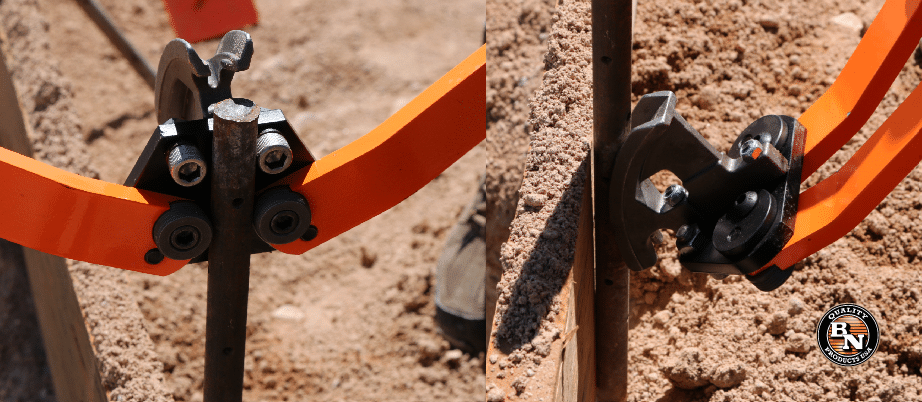Revolutionizing Engineering Practices: Harnessing the Power of Lubricants and Geosynthetics
In the intricate tapestry of engineering and construction, lubricants emerge as vital components for mitigating friction and maximizing operational efficacy. When coupled with geosynthetics, these lubricants become transformative agents, elevating performance across a spectrum of applications. This article navigates through the collaborative dynamics of lubricants and geosynthetics, addressing common inquiries and elucidating the benefits of their combined utilization.

How do lubricants bolster geosynthetic performance?
Lubricants serve as catalysts in reducing friction between geosynthetics and adjacent materials, simplifying installation processes and prolonging the service life of materials. By minimizing frictional resistance, lubricants enhance the flexibility and resilience of geosynthetic materials, ensuring sustained performance under various environmental conditions.
The ATD Tools 5218 high-pressure control valve is a standout component in the realm of automotive maintenance equipment. Engineered for durability and precision, this valve is designed to withstand the rigors of high-pressure applications encountered in automotive repair shops and industrial settings. With its robust construction and reliable performance, the ATD Tools 5218 valve ensures precise control over fluid flow, making it an essential tool for tasks such as hydraulic system diagnostics, pressure testing, and fluid transfer. Whether used in professional garages or industrial facilities, this high-pressure control valve from ATD Tools exemplifies quality and reliability, providing technicians with the confidence to tackle challenging tasks with ease and efficiency.
What factors should be considered when selecting lubricants for geosynthetic applications?
Selecting the appropriate lubricant for geosynthetics necessitates evaluating material compatibility and environmental impact. Opt for lubricants that are non-reactive and offer enduring performance without compromising the integrity of the geosynthetic. Additionally, prioritize environmentally friendly options to minimize ecological consequences.
How do geosynthetics amplify the effectiveness of lubricants?
Geosynthetics act as protective barriers, shielding the lubricant from surrounding soil or structures, and ensuring uniform distribution. Furthermore, geosynthetics provide reinforcement and stability, optimizing the performance of lubricants in various civil engineering applications, including soil stabilization, erosion control, and landfill liners.
What are some common applications where lubricants and geosynthetics converge?
Lubricants and geosynthetics are integral in applications such as pipeline installation, where they facilitate seamless pipe insertion and protect against damage during backfilling. They also play significant roles in geotechnical projects like retaining walls and embankments, where lubricated geosynthetics streamline construction processes and enhance long-term stability.
In conclusion, the fusion of lubricants and geosynthetics presents a potent solution for enhancing performance in engineering and construction endeavors. By reducing friction, optimizing installation processes, and ensuring durability, this collaborative approach drives sustainable infrastructure development. When selecting lubricants and geosynthetics for a project, prioritize compatibility, environmental considerations, and long-term performance to unlock their full potential.

